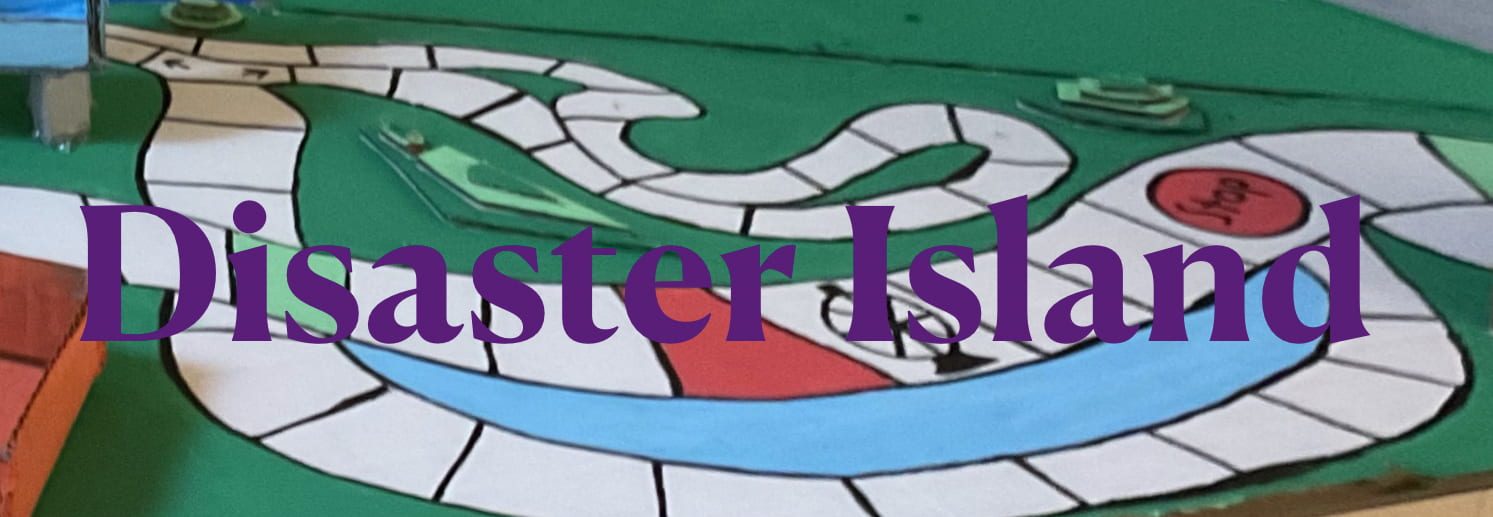
Hi and welcome back to my blog! In my Maker class, we’ve been working on a new and super fun project. This whole project has been about art, drawing and photography. The Carr section, the first part that I will be talking about, has been about drawing and graphic design. The other half, that will be in my next post, is about photography. For this project our driving question has been “Why is it important to use technology to further improve our ability to communicate and to think creatively?” this has been an interesting Driving question because it is the same one for both segments of this project, meaning that we will get two different perspectives on it.

The first thing that we did with this project was really to just get used to the tools that we had to use. The only drawing app that we were allowed to use was Sketches Pro. We started with some simple use of colour, lines, and shapes. We then tried to do some simple letter art and would later go on to try doing our names. This was very helpful because we started to get used to the tools, some I didn’t know about until I did this.

Another important thing that we worked on was perspective. This was important because if the perspective of something is off, then the whole drawing looks strange. Because of how precise this had to be, it made it a lot harder. This was especially the case if you don’t have a clear horizon line to work off of.

The final part of the project was probably the most fun. To start it off we had Chloe Devine zoom in and answer some questions for us. Chloe is a professional graphic designer that is currently doing work with logos. This was perfect because that was our last project, to create a logo. The logo was for an imaginary company that we created. The company needed to have a colour scheme, a slogan, and a certain product or service it provided. I choose to do a sport shop called Coast to Peak Sport Shop. It’s slogan was “From coast to peak we’ve got you covered” and the colour scheme was mostly blues and pinky colours.
So, why is it important to use technology to further improve our ability to communicate and to think creatively? It’s important because it is an Important skill to be able to communicate with more than just words. Sometimes, it is easier to say something with an image, and these tools and apps that we have access to can make it so much easier, if you know what you’re doing. If you can’t get the perspective right or there is no colour or shading, then you can communicate the wrong message. It’s like if you’re building a house, instead of writing everything out you can just draw a blueprint. If you get something wrong, then the whole house could be wrong. In the end, part 1 of this project has been a really fun experience that has started to show me why it is important to use technology to further improve our ability to communicate and to think creatively.



